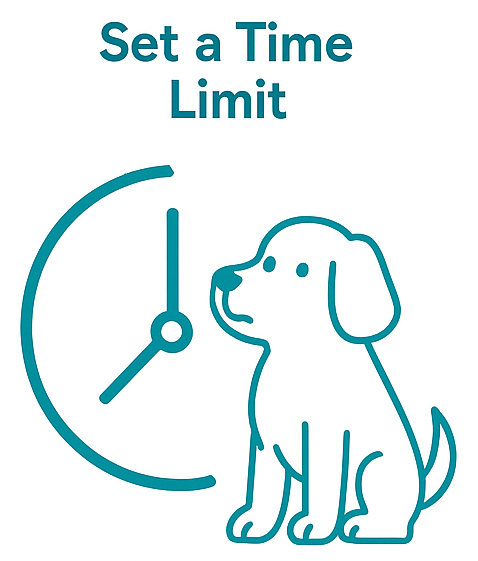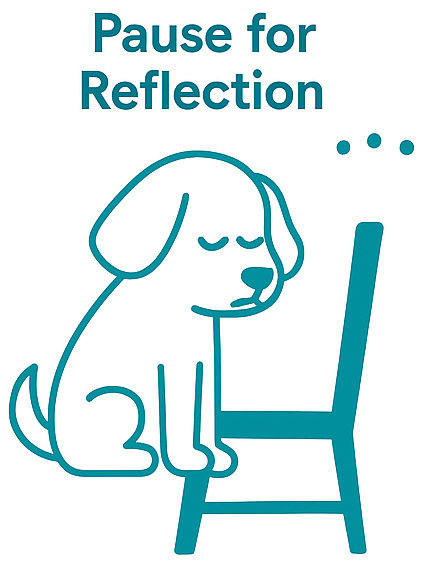Soapboxing: A Tool for Public Expression in Engagement Sessions
Soapboxing is a simple, structured way to invite open, spontaneous speech in public settings. Historically, it referred to standing on a wooden crate to deliver an impromptu speech. Today, it's a facilitation tool that gives individuals a platform, physical or symbolic, to share their views openly, clearly, and in their own words.
When used well, soapboxing can increase transparency, reveal values, and build trust. When used carelessly, it can lead to disconnection or confusion. The difference is in the framing, facilitation, and follow-up.
When to Use Soapboxing
When you want to create space for individual stories or statements
When the goal is to invite personal truth, not polished presentations
When building empathy and visibility is more important than reaching consensus
Benefits
Supports honest, unscripted contributions
Easy to implement with minimal materials
Builds a sense of respect and presence in the room
Challenges
Can become unstructured without framing
May feel intimidating for some participants
Needs time boundaries and careful tone-setting
How to Use It Effectively
Use soapboxing selectively in engagement settings, like when you want to surface personal experiences related to a project. This might include:
Residents sharing stories at a town hall
Youth speaking about access and mobility
Community leaders addressing overlooked concerns
Always ground the activity with a clear purpose and strong facilitation. Participants are invited to speak only for themselves, and listeners are asked to hear without interrupting or judging.
What You’ll Need
A clear and visible spot for speakers to stand or be acknowledged
A theme or question to focus contributions
A timekeeping method (2–3 minutes per speaker is typical)
A facilitator to hold space, set tone, and offer reflection points
4 Ways to Make Soapboxing Work
1. Set the Tone
Explain why soapboxing is part of your session. It's not about debate or persuasion. It's about perspective-sharing. Clarity on purpose helps create safety and impact.
2. Speak Only for Yourself
Ask each speaker to use “I” language. Avoid generalizations. Focus on lived experience. This encourages honesty without turning the activity into argument.
3. Set a Time Limit
Short, focused contributions hold attention. Use a visible timer or offer a signal when time is up. Let participants know their voice matters, even if it's brief.
4. Pause for Reflection
After each speaker, build in a few seconds of silence. Let the room breathe before moving to the next voice. It helps the message land.
Why It Matters
In a world where conversations are often filtered, framed, or rushed, soapboxing brings something rare—an unfiltered moment of voice. For public engagement, that can be powerful.
At reVerb, we believe participation should be personal, not performative. Tools like this remind us that listening is just as important as speaking.
Looking for facilitation support or custom engagement tools?
Contact us to see how we can support your next public session.






